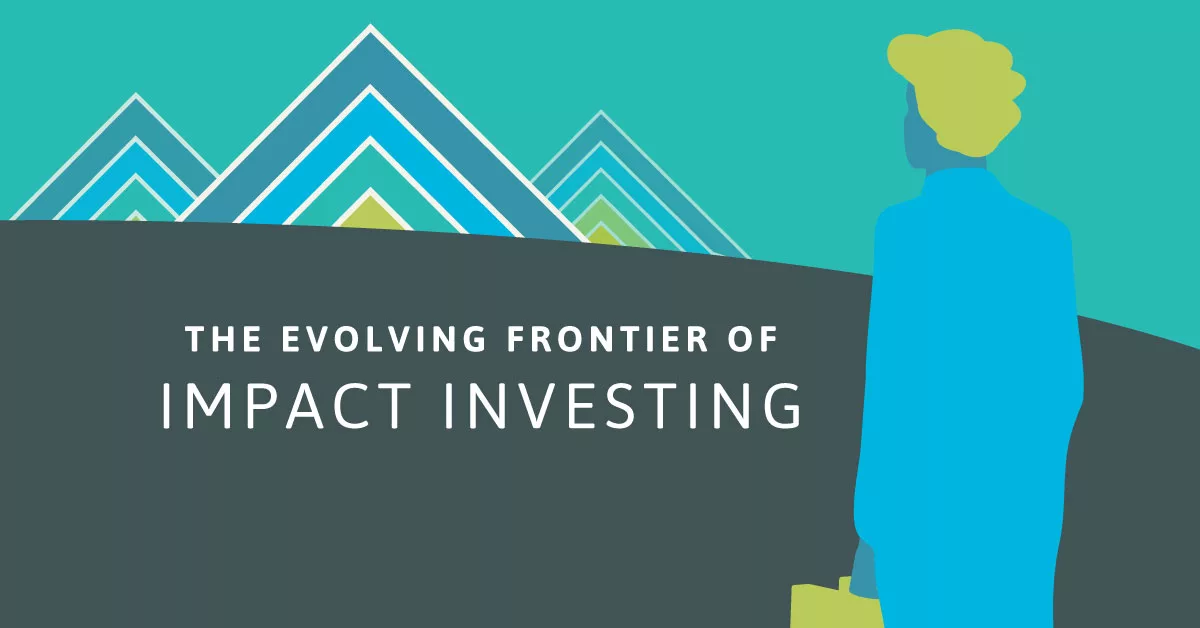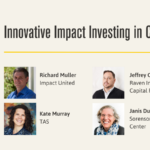A SOCAP guest post by Sarah Williams, CEO of Propel CapitalEarlier this year the Global Impact Investing Network (GIIN) released its report sizing the impact investing market at $502 billion— a remarkable leap forward in 10 years. When Propel Capital began investing in early 2008 alongside a handful of pioneers, the industry barely existed. The term ‘impact investing’ had just been coined by a group convened by the Rockefeller Foundation and the GIIN— then a small database of existing impact deals— was brand new.
From the start, we set out to explore how we could move capital to create sustainable solutions for inequality. Since 2008, we have committed nearly $50M to 100+ partners tackling some of today’s most challenging global issues — just economies, engaged democracy, quality education, racial equity, and more. Our portfolio spans the financial returns continuum, including a substantial portion dedicated to 100% concessionary capital, or grants. Nearly $20M has been invested in 32 impact-driven companies and third-party impact fund managers. We’re still only mid-stream with the majority of our investments – 28 of the 32 remain active – but, at this milestone moment, we paused to take stock of what’s been accomplished and assess how we can drive our impact forward over the next 10 years.
Exploring the Impact Frontier
In 2018, Propel joined the Impact Frontiers Collaboration, a MacArthur Foundation-funded network of leading impact investors (including Prudential, Calvert, Nuveen, Ceniarth, Bridges Fund Management, BlueHub, RSF Social Finance) building tools to integrate impact and financial management. We also commissioned an independent review to assess the social impact across our investments and inform our forward-looking strategy. After working behind the scenes in our early years — building out our portfolio and accumulating a body of experience, we are eager to share what we’ve learned and highlight the outsized opportunities for impact available across the return continuum.
What we found in our impact review motivates us. Our partners are working at high levels of impact, with 100% of the portfolio, generating positive benefits for people and the planet, going beyond simply avoiding harm or negative screening. And fully a third are operating at the highest level of impact — contributing to key solutions that prioritize underserved populations (See IMP Impact Classifications). Our investments have also paved the way for more capital to flow towards impact, with $676 million raised by impact funds in which Propel was the first or a very early investor.
The review also clarified what we had been seeing: investments in our portfolio that required significant financial concession are, for the most part, those generating significant impact. Since Propel’s inception, we have intentionally constructed our portfolio along a returns continuum, often taking financial concessions where we believed there was potential for outsized impact and an absence of market-driven products to meet the financing needs of the enterprise. While it’s intuitive that, as impact investors, we would adjust financial return hurdles for investments generating different levels of impact, it has been affirming to see the mapping of our entire portfolio and witness the strong correlation as we balance these two factors.
The Future of Impact Measurement and Management
Perhaps even more important than a one-time mapping of the portfolio, the application of a rigorous and structured analysis to investments we know well has enabled us to reflect on our practice and begin to integrate new processes into our due diligence and investment decisions going forward. Many people come to impact investing with the idea that you can create positive impact and achieve market rate returns. In our experience, though financially successful impact-driven companies exist (and we need more of them!) it is rare to find an idea that has significant, transformative impact where the return is truly and consistently above market rate. As you move further out on the impact spectrum, you often have to make considerable financial concessions. We have always embraced the premise that in our portfolio, in certain asset classes and geographies, there will be alpha generated by our investments that will accrue to others in the form of community benefits or impact.
With input from our colleagues in the Impact Frontiers Collaboration, Propel has been able to think more systematically about what this “impact alpha” actually means and how we quantify and communicate the tradeoffs we see. Impact investors of all kinds can use this Impact Frontiers approach to move from an intuitive to a systematic and quantitative lens where impact is integrated alongside considerations of financial risk and return. Thinking clearly about the risk, return, and impact trade-offs will enable all of us to build better tools that manage the multi-dimensionality of impact investments and optimize our portfolios along both the impact and financial returns spectrum.
Moving More Capital for Impact
A decade in to supporting the growth of impact investing, we believe we have only just begun to realize the potential of deploying positive-impact capital. The current state of the world requires all of us to shift significant resources on new terms to accelerate social and economic progress that serves the many, not just the few. We need fair and high-functioning government, strategic and risk-tolerant philanthropy, capital markets that move beyond profit-maximization, and to build, as our friends at B Lab have long called for, “companies that operate for the benefit of all stakeholders.” The spirit of our industry is based on innovation and experimentation, and should continue to push the boundaries of investment doctrine to expand and include a more comprehensive understanding of what it means to create value.
With increasing calls for a new kind of capitalism, we know the capital market is just at the beginning of its journey toward impact. And not a moment too soon, given the challenges in front of us around climate, wealth inequality, threats to democracy. Given the progress we’ve made to date, this is a place where we might feel hopeful. So let’s get to work.





